Friulano, Ribolla gialla, Sauvignon:
these are just some of the grape varieties that are used
for the production of DOC Friuli wines.
Click on the images and discover the characteristics of our wines and the pairings with traditional Friulian dishes
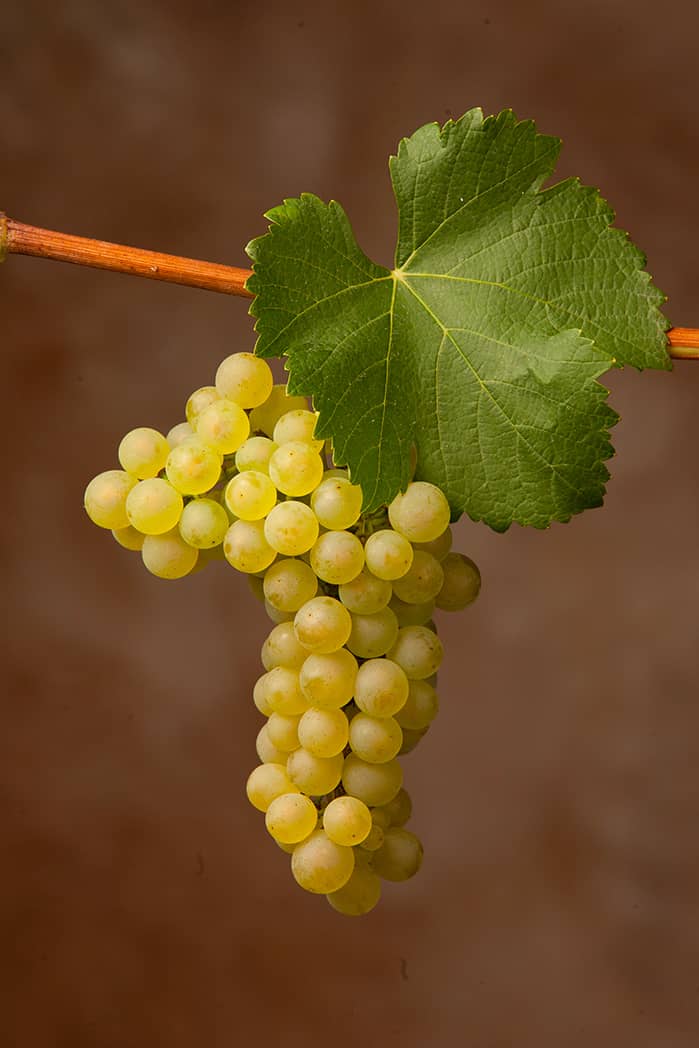
CHARDONNAY
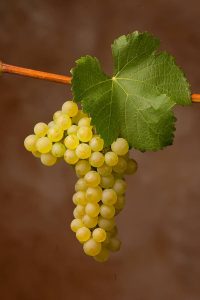
Small, compact, cylindrical bunch with one or two wings. Spherical, small, yellow berry frosted skin. Two or three grape seeds per grape.
Present in the region since the end of the 19th century, Chardonnay can be a still wine or a base for sparkling wines of high lineage. When young it has delicate aromas with nuances reminiscent of fresh bread crust and apple. If aged in barriques it takes on sumptuous aromas ranging from honey, vanilla and butter. On the palate, if young, it is inviting, discreet and very fine, with hints of acacia flower; if aged it evolves into a broader bouquet in which artemisia is noted.
Aperitif wine and, depending on the vinification, when young suitable for the whole range of light hors d’oeuvres, creams and vegetable soups such as potatoes and leeks, egg-based dishes, delicate fish and white meats; if aged in wood it goes well with haute cuisine dishes such as white fish soups, asparagus pie, Milanese risotto, tagliolini with white truffles.
Best served at 8-10° C if the wine is young, at 10-12° C if aged in wood.
CHARDONNAY
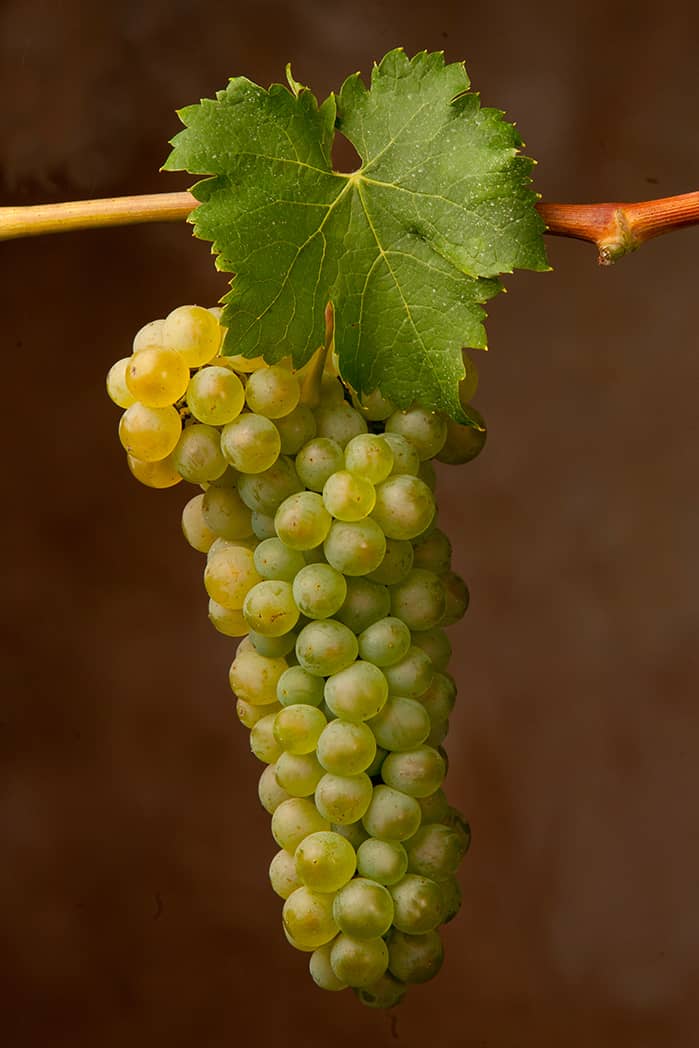
FRIULANO
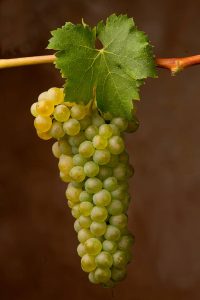
Bunch of medium size but irregular. Cylindrical or truncated pyramidal shape, with two contained wings. Round berries, light, waxy skin. Two medium pips.
Rivers of ink have been poured on the Friulian or Hungarian origin of this vine. It had to change its name due to a case of homonymy with the Hungarian Tokay, from which it differs both in the type of wine (the Friulian is dry, the other sweet) and in the grapes that make it up. Following the well-known European bureaucratic disputes, it ceased to be called Tocai Friulano on 31 March 2007 to resurrect on 1 April of the same year with the name of Friulano.
Straw yellow color leaning towards greenish. It is a great wine: fine, delicate, with an intense aroma reminiscent of wild flowers. The taste is full and with a strong personality due to its final hint of almond. It is the Friulian’s favorite white.
Aperitif wine by definition. It is a love match with San Daniele ham, traditional eggs and asparagus and herb omelettes in general. It also goes well with soups and risottos with herbs, risotto with scampi and cockles, potato pancakes with Montasio, Gorizia radicchio with Cormons pancetta and prawns.
Best served at 8-10° C.
FRIULANO
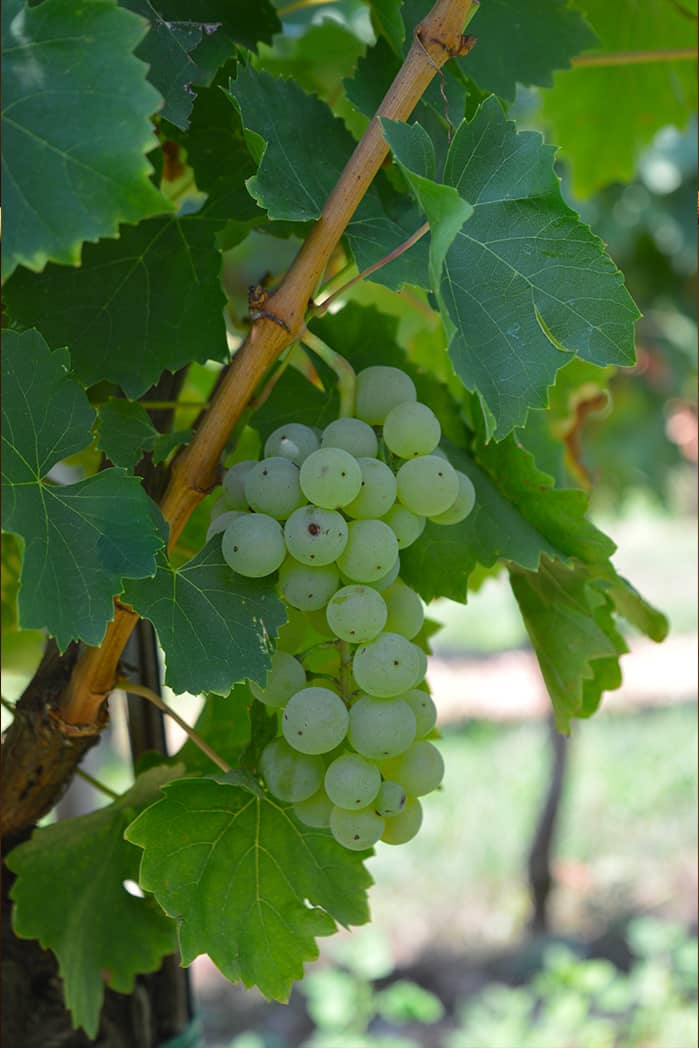
MALVASIA ISTRIANA
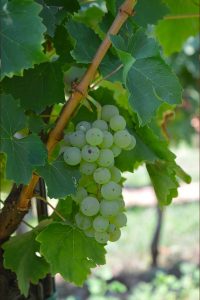
Cluster with an almost cylindrical shape or with a very small wing. Above average size. Spherical grape, straw yellow color of medium-large diameter. Two rather small pips.
It is thought to arrive from the Peloponnese through the trades of the Republic of Venice. In Istria the first traces date back to about 1300 and then arrive in Friuli Venezia Giulia.
It has a straw yellow color with greenish reflections. Pleasant on the palate, with nuances reminiscent of pineapple, ripe pear, and aromatic herbs with a touch of pepper.
Aperitif and fish wine, from appetizers to first courses, in particular for shellfish. Ideal with baked fish with Mediterranean herbs and extra virgin olive oil. Superlative with fish soups.
Best served at 8-10° C.
MALVASIA
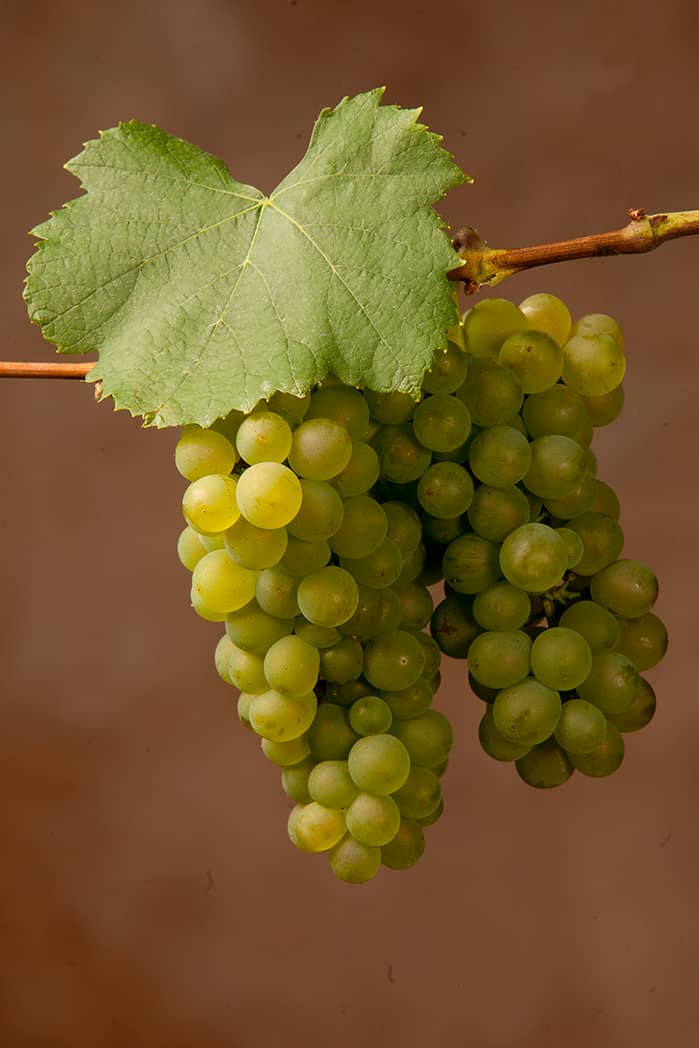
PINOT BIANCO
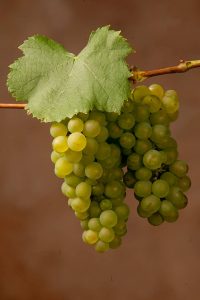
Small, compact, cylindrical bunch, often winged, with a wing that is sometimes quite evident. Medium-small berry, round, irregular in size. Three small pointed pips.
Vine of French origin, it seems it was already known in Roman times. This vine derives from the natural bud mutation of Pinot Noir. Straw yellow color with greenish reflections.
When young it has a pleasant and elegant bouquet, rich in nuances in which the sense of smell delights in the search for wild flowers, cherry, apricot, apple.
With age, the aromas become more intense and the range of the bouquet expands until it becomes infinite and the research focuses on meadow herbs, aromatic leaves, dried fruits, undergrowth with a thousand precious herbs.
Aperitif wine, if young, is suitable for fish appetizers, San Daniele raw ham, shrimp omelets, asparagus risotto, steamed fish; if vinified in wood, it is excellent on sea bass ravioli, on eggs with white truffles, on capon and radicchio salad.
Best served at 8-10° C if young, at 10-12° C if aged in wood.
PINOT BIANCO
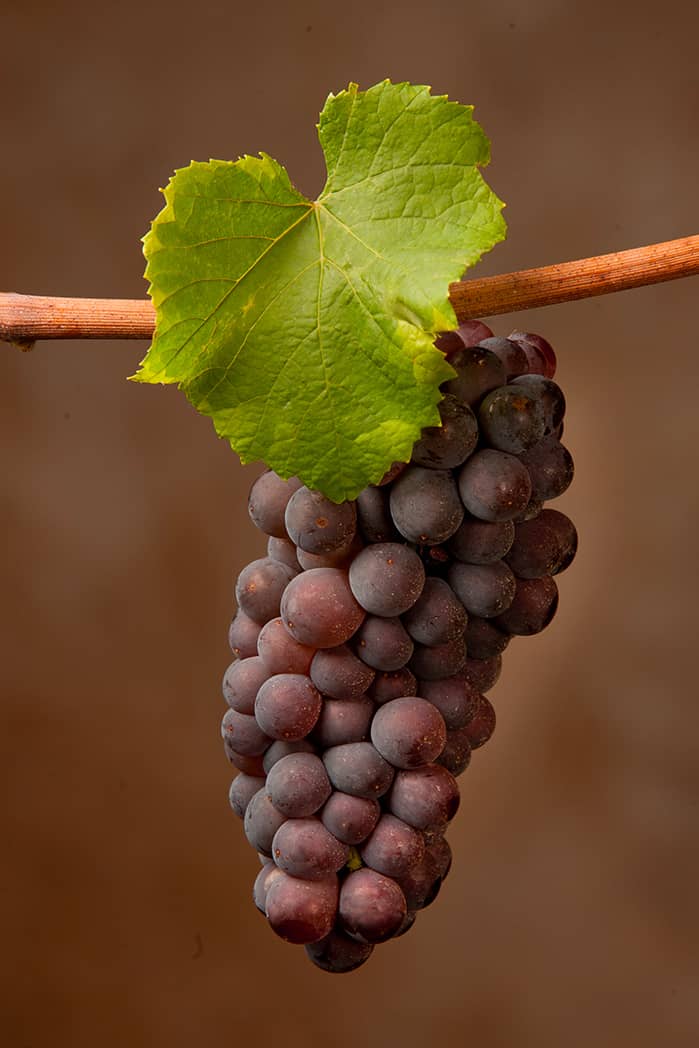
PINOT GRIGIO
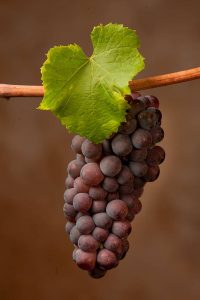
Cluster small, cylindrical, sometimes winged with a very evident wing similar to a second cluster. Small, oval-shaped berry with a light, pruinose skin. Grape seeds in number of three.
It is a vine that must be considered as a color variation of Pinot Noir, that is, it is the result of a bud mutation. It found favorable environmental conditions in Friuli Venezia Giulia. The name derives from the fact that the skin is coppery gray, which was also the color of the wine as it was fermented in contact with the skins.
Then the vinification in white, characterized by the must-skin separation, gave it that international touch that made it famous. More delicate and refined flavor when vinified in white with hints of acacia flower; the coppery version is more robust and pleasing to the eye.
Aperitif wine, it goes very well with appetizers such as smoked Sauris ham, Carnia cured meats, grilled vegetables, light soups, pasta with tomato sauce, fish and white meats. Perfect with pizza.
Best served at 8-10° C.
PINOT GRIGIO
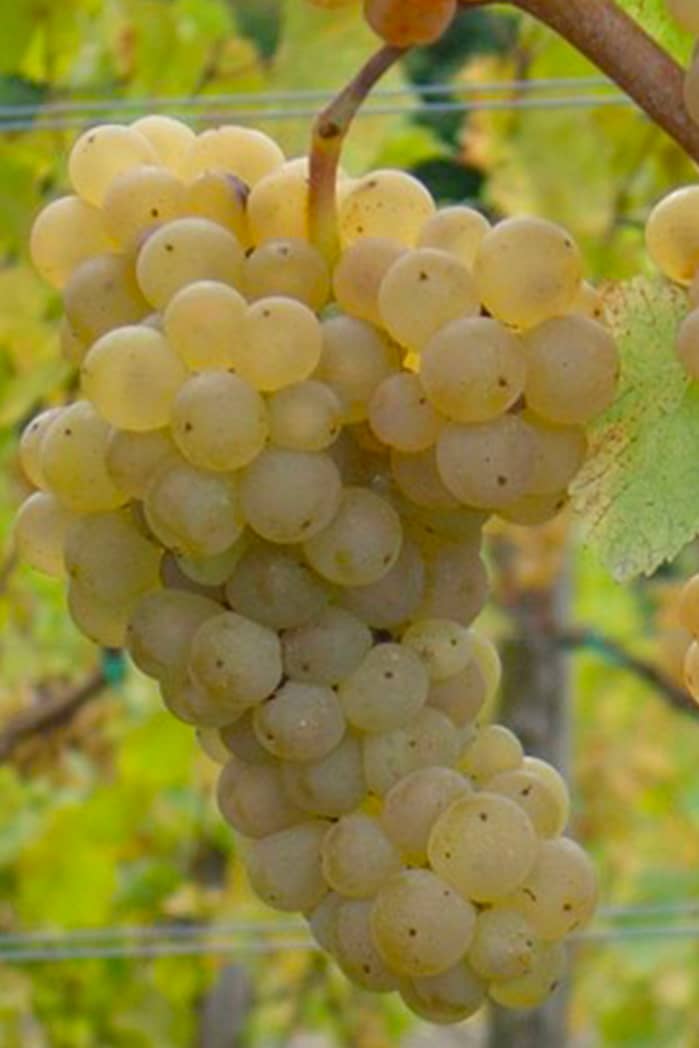
RIBOLLA GIALLA
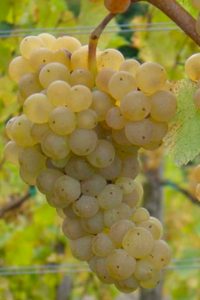
Medium-small cluster, cylindrical, rarely winged, medium compact. Medium-large berry with pruinose and firm skin. Pear-shaped, medium grape seeds in number of two.
Of ancient Friulian origin, so much so that among the natives it is the one that boasts the oldest document dated 1299. Sparkling wine with a compact and thin foam, very fine perlage.
Pale straw yellow in color almost greenish, with a dry taste, rich in acidity, with a very pleasant freshness. Delicate, immediate and flowery nose that is also maintained on the palate.
Unsurpassed as an aperitif with Cormons raw ham but also throughout the meal, excluding red meats and desserts. It excels on appetizers and fish dishes such as frying, breaded and fried sardines, oysters and sea truffles, white fish seasoned with extra virgin olive oil.
Best served at 8-10° C.
RIBOLLA GIALLA
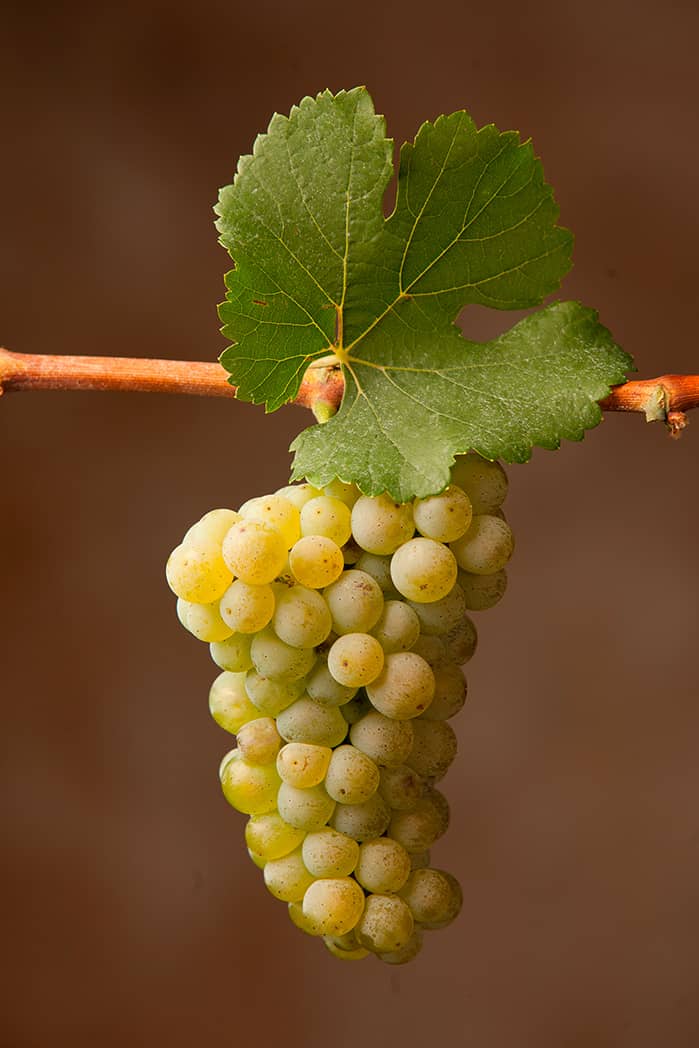
RIESLING
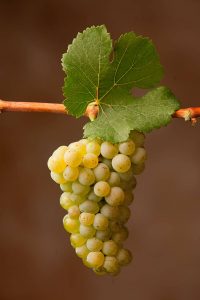
Small, stocky, compact bunch, often with a very evident wing. Small and regular grape. Grape seeds small, pear-shaped, two or three in number.
It has a straw yellow color with greenish hues, a very fine, fruity, fresh, slightly aromatic bouquet.
It goes well with hot hors d’oeuvres, boiled and grilled fish, oysters and shellfish, delicate soups. And lightly seasoned white meat.
Best served at 8-10° C.
RIESLING
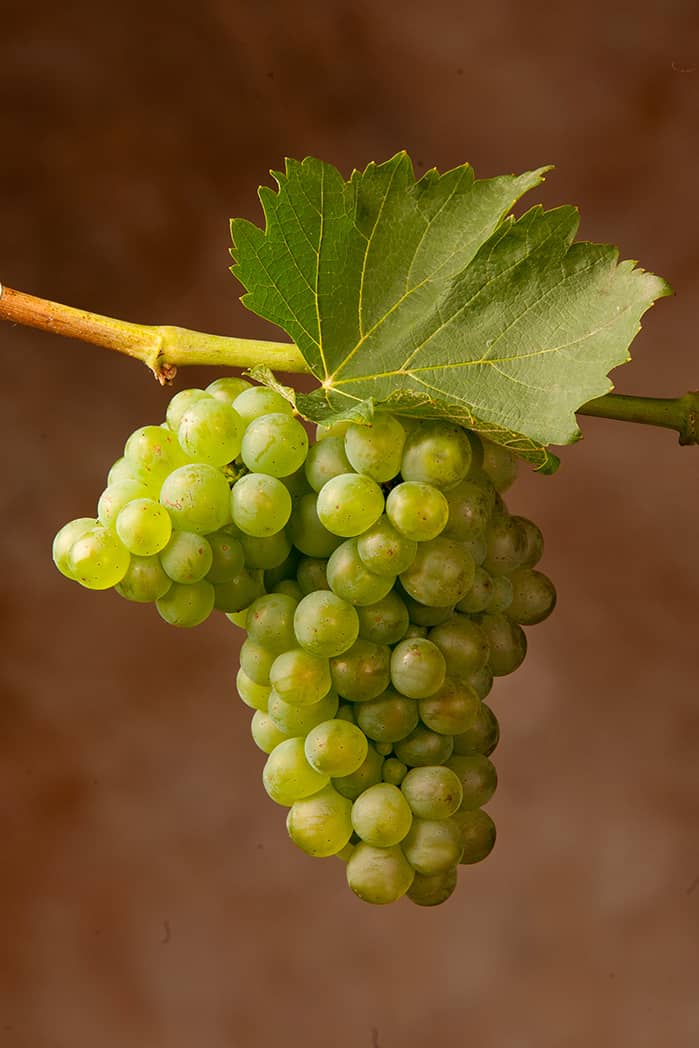
SAUVIGNON
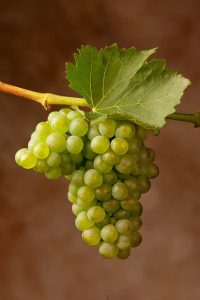
Medium-small cluster, cylindrical, with two small wings, compact. Medium-large berries, green-yellow, pruinose skin. Grape seeds in number of two, medium, pear-shaped.
A vine of French origin, this variety has found an ideal habitat in Friuli Venezia Giulia, where it has combined elegance with powerful taste. It has intense aromas where green tones mix with sweeter notes thanks to its unique start in the nurseries, where the best clones are selected and then blended with differentiated harvests.
It has exuberant, musky and verdant aromas: from elderberry to sage, from pepper to magnolia. Savory in the mouth, it has a long aromatic persistence.
It is the prince of whites for shellfish in general and in particular on raw scampi or “alla busara” (prepared with tomato and chilli pepper and sautéed with pasta), baked turbot, baked and grilled fish. Ideal on omelets and risottos with wild herbs and spring herbs.
SAUVIGNON
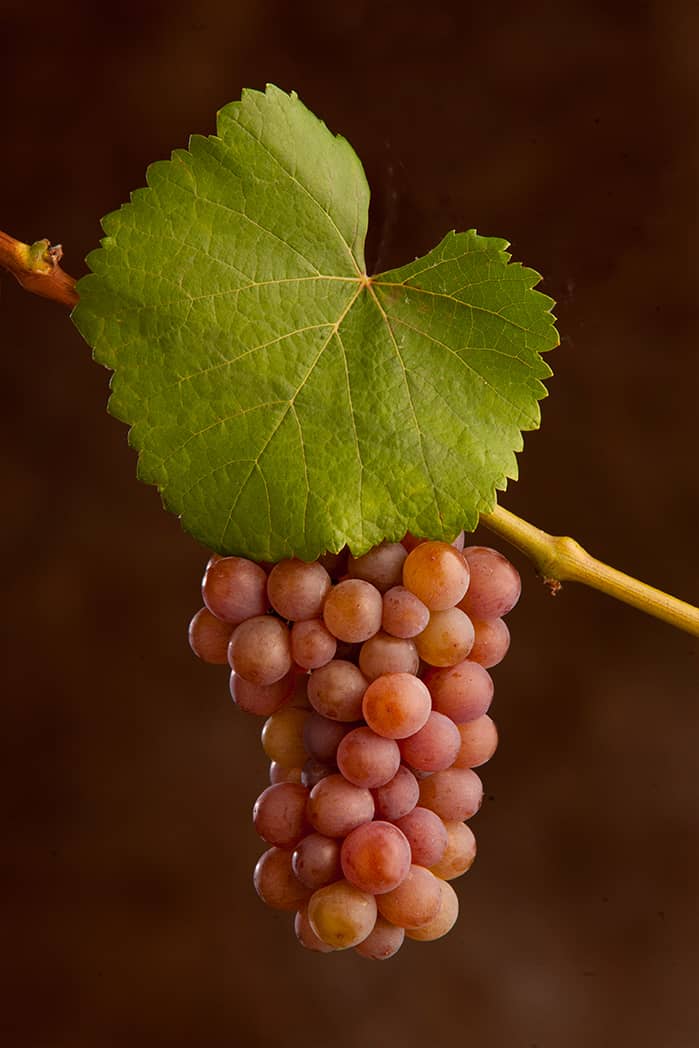
AROMATIC TRAMINER
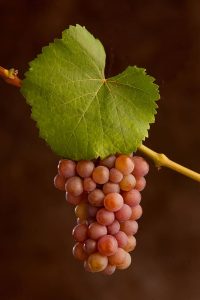
Small bunch, truncated pyramidal or sometimes cylindrical in shape, with one or two wings. Sub-round berry, with resistant and very pruinose skin. Two or three globular grape seeds.
A vine of uncertain origin, some believe it hails from Alsace, the Palatinate, Württemberg, others from Tramin in Alto Adige, which has adapted extraordinarily to Friuli Venezia Giulia.
More or less intense straw yellow color, it has a fragrant aroma which recalls vanilla and linden blossom. The taste is fine, aromatic, with a bitter almond aftertaste.
Wine for hot and cold hors d’oeuvres of great cuisine, sauced fish dishes, savory cheeses.
Best served at 8-10° C.
AROMATIC TRAMINER
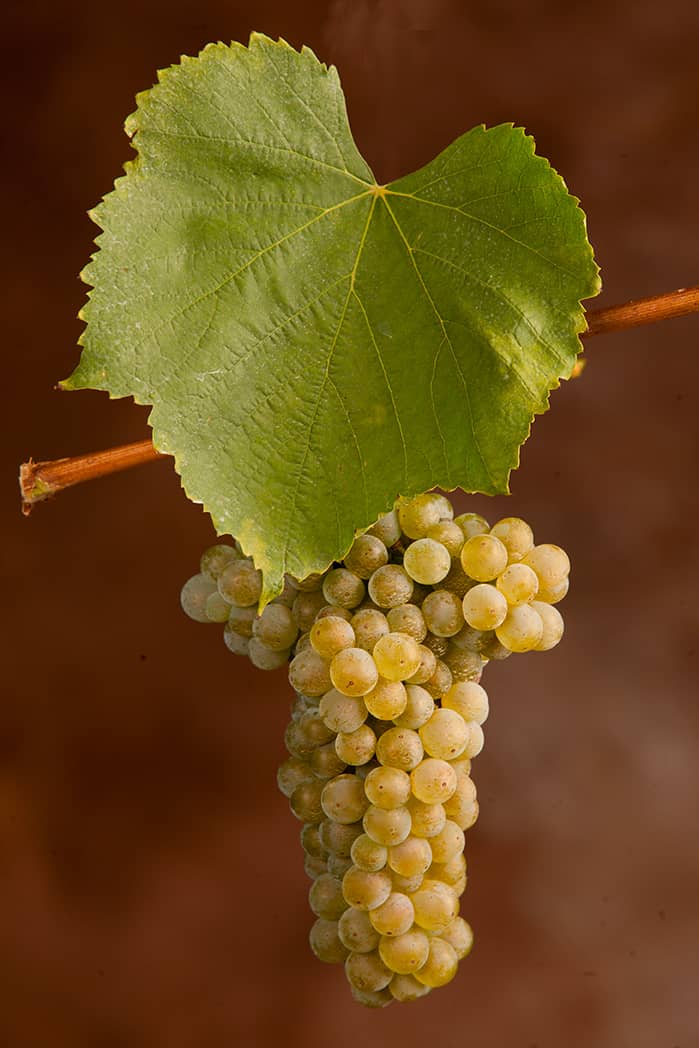
FRIULAN VERDUZZO
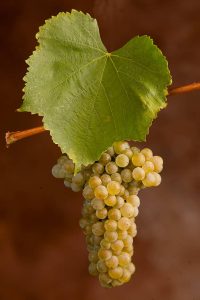
Small bunch, with short and very robust peduncle, with two clearly visible wings. Small, spherical grape. Three grape seeds, pear-shaped, large.
It is an indigenous grape variety that comes in two versions: one dry and one sweet. The dry wine has a robust, citrine, pale yellow color. The sweet wine has an intense yellow color, alcoholic, with a fruity, slightly tannic aroma and a robust body.
Dry Verduzzo is a table wine, suitable for boiled fish, egg-based omelets, light hors d’oeuvres and herb-based risottos.
Sweet Verduzzo is a dessert or meditation wine.
Best served at 10-12° C.
FRIULAN VERDUZZO
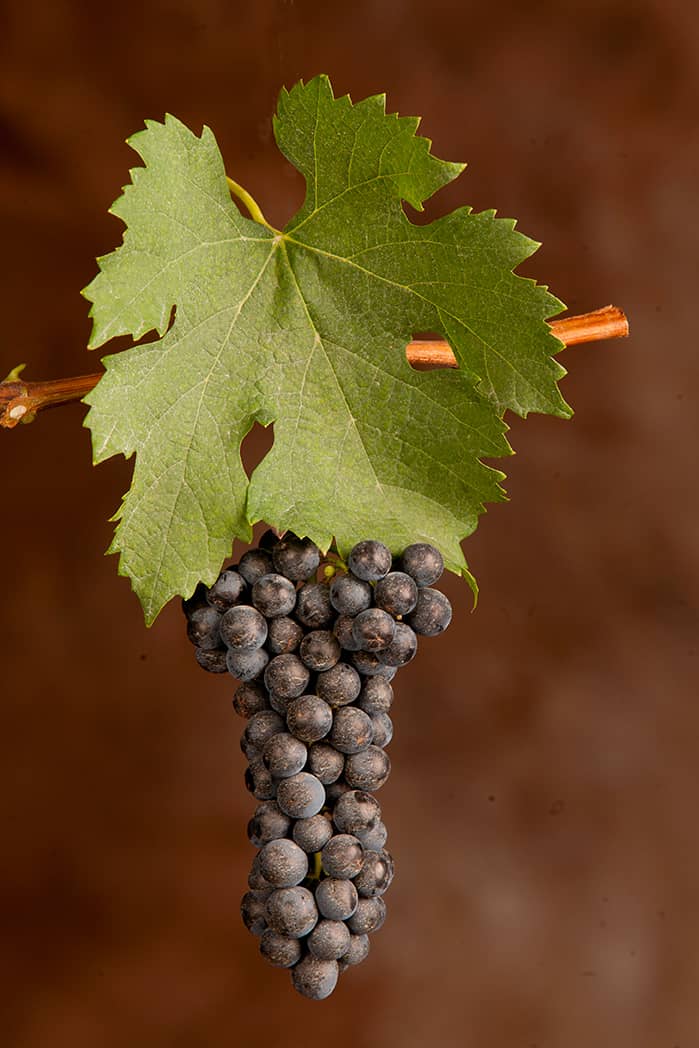
CABERNET FRANC
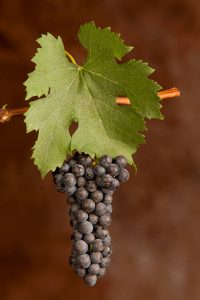
Sparse bunch, often with millerandage, with berries of different sizes from each other. Winged, with one or two clearly visible wings. The berry has an almost spherical shape, blue-black in color, pruinose skin. Two large grape seeds.
It arrived in the region around 1870, directly from the Bordeaux area, and its development will be much higher than that of Cabernet Sauvignon.
Intense and deep in color, it is recognizable by its scent with veiled herbaceous tones, with a background of intense red fruits.
If vinified in light contact with the skins, a wine with a characteristic herbaceous, intense and penetrating flavor is obtained. If vinified with a long maceration, the wine obtained is full, robust, tannic, with a notable richness and intensity of aromas.
When young it is a wine for the finest cold meats, high end cuisine. If aged it is to be considered among the best wines to accompany a roast, and pairs particularly well with game, robust meat courses and with hard and aged cheese.
Also, very suitable for pork and grilled mushrooms.
Best served at 16-18° C.
CABERNET FRANC
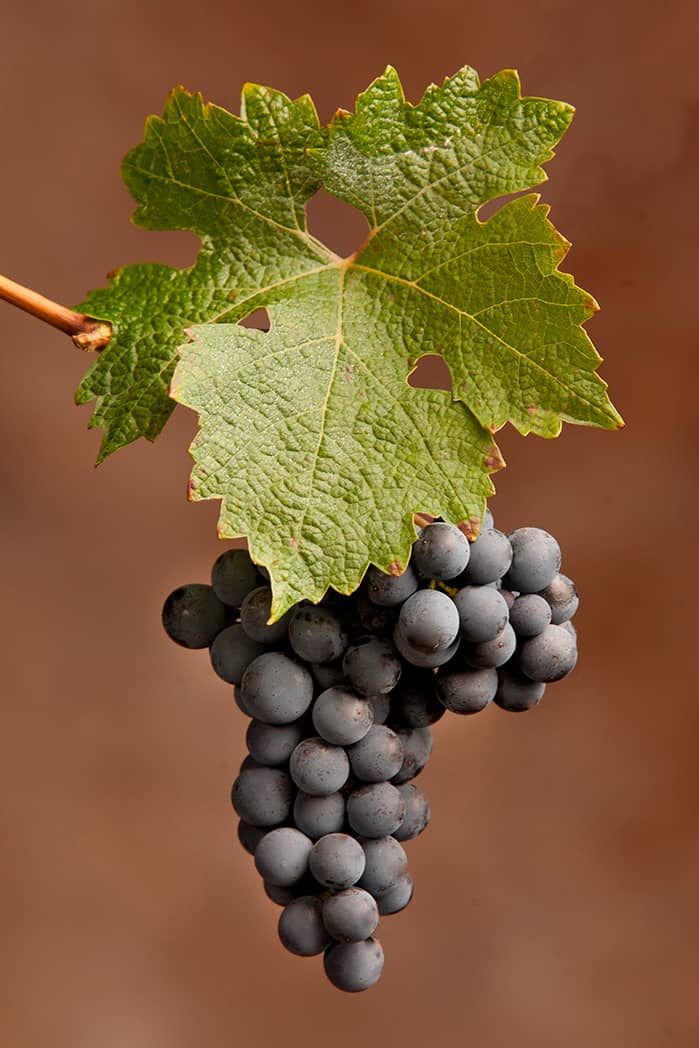
CABERNET SAUVIGNON
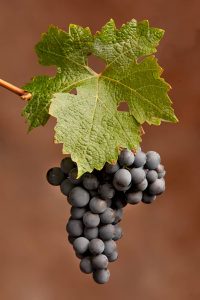
Bunch of medium size, oblong, pyramidal or sometimes cylindrical. It often has a very evident wing with medium-sized, spherical berries. The seeds vary from two to three, of medium size, pear-shaped.
This grape variety also comes from the Bordeaux region. It is the most sumptuous red in the world and it also achieves excellent results in Friuli Venezia Giulia. Intense and deep ruby tones, tending towards purplish with age. It has sweet nuances of small red fruits and spices together.
Slightly herbaceous bouquet with hints of raspberry and blueberry when young. Rich and fleshy in the mouth, it has powerful tannins, a purebred wine with a great propensity for aging. Robust, full-bodied, sapid, it is a wine for long aging.
It is a wine for meat dishes of high-end cuisine, from furred game to roast leg of lamb, roasts, grilled red meats or in gravy, also excellent with poultry and hard cheeses. Sublime on braised meat.
Best served at 16-18° C.
CABERNET SAUVIGNON
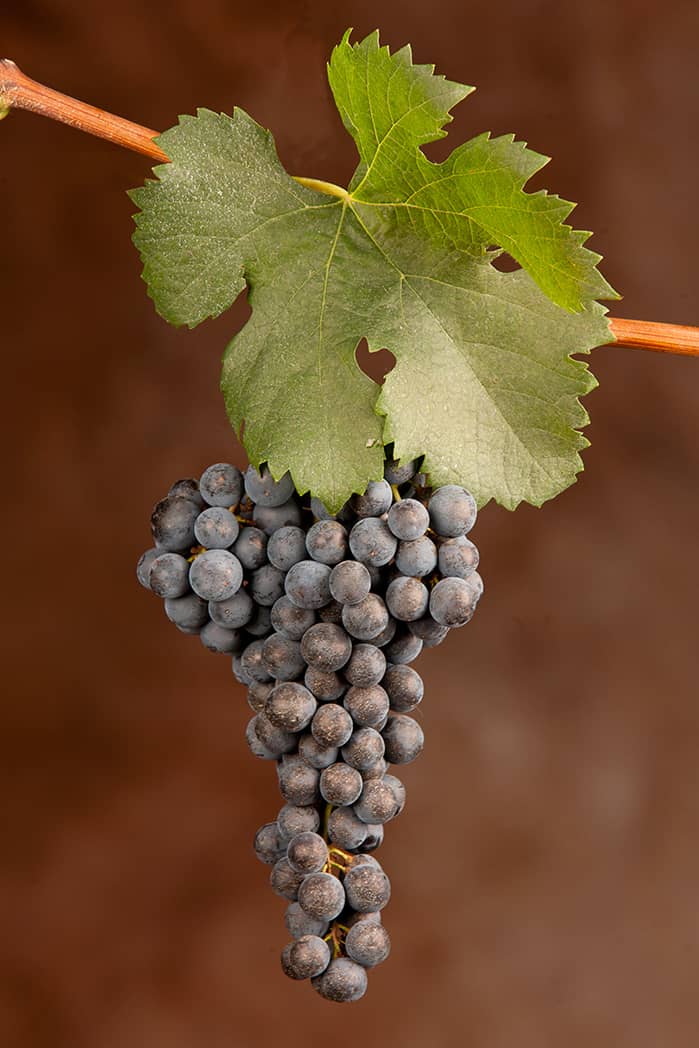
MERLOT
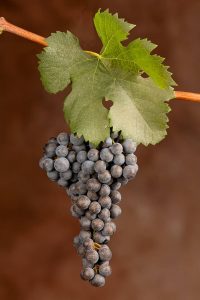
Pyramid-shaped bunch, winged, with two clearly visible wings, medium compact. Spherical berries, very resistant skin, blue-black in color. It has two or three pips.
It is a French vine imported into Friuli at the end of the 19th century where it found its second land of choice, so much so that it can be considered one of the cornerstones of Friulian viticulture. Its diffusion was sudden as it found an ideal environment for it which allowed it to immediately reach very high qualities.
It is the most produced red in Friuli Venezia Giulia. More or less intense ruby red in color, turning to garnet after a short ageing, it has a full and fragrant bouquet with a delicate scent of raspberry, blackberry, blueberry. It has a pleasant, dry, full-bodied, harmonious, sapid taste, with a slight herbaceous flavor. Aged, it refines in an ethereal bouquet and a slightly bitter taste.
Wine for the whole meal, it also goes well with blue fish and fish soups with tomato sauce. Excellent with barley and pasta and beans, jota, boiled. If aged in wood, it demands noble dishes: guinea fowl, truffled partridge, woodcock, baked pork shanks, spit-roasted and roasted meats, semi-mature cheeses.
Best served at 15-16° C if young, at 16-18° C if aged.
MERLOT
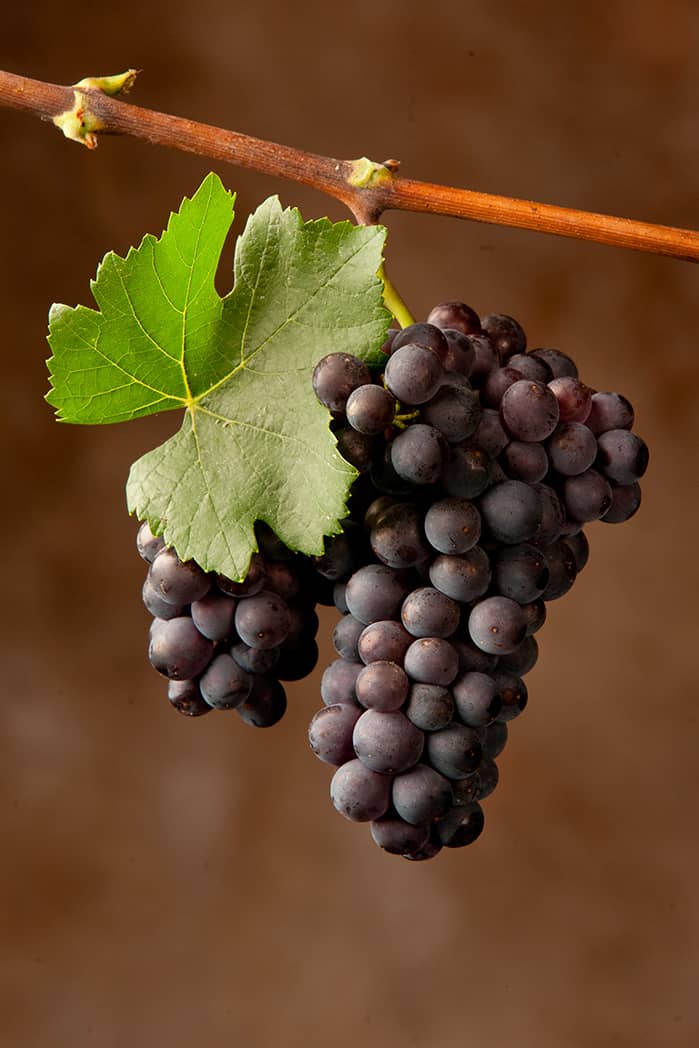
PINOT NERO
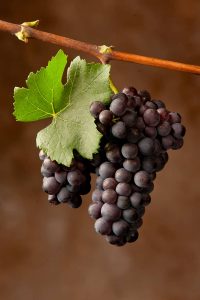
Small bunch, very compact, cylindrical or pyramidal, with a wing that is sometimes very evident. Small berries, spherical or ovoid in shape. Rather irregular ripening. Two small pips.
It is the progenitor of the Pinot family from which, due to color variations, Pinot Blanc and Pinot Gris derive. Originally from Burgundy, it is certainly the most noble wine in the world. Its greatness also lies in its versatility: in fact, both classic sparkling wines and powerful red wines know how to blend elegance and aging through this variety.
Brilliant ruby red in colour, very delicate, with subtle aromas and flavors in an infinite range of sensations. Unmistakable for the hints of undergrowth and raspberry. Pinot noir vinified in white is the basis for classy sparkling wine. It is a wine that is remembered.
Polygamous also at the table: perfect on “boreto di canoce” (sea cicadas), Dalmatian soup, stewed cuttlefish with polenta, wild duck, cabbage and foie gras risotto, white truffle and stuffed capon baked.
Best served at 15-16° C.
PINOT NERO
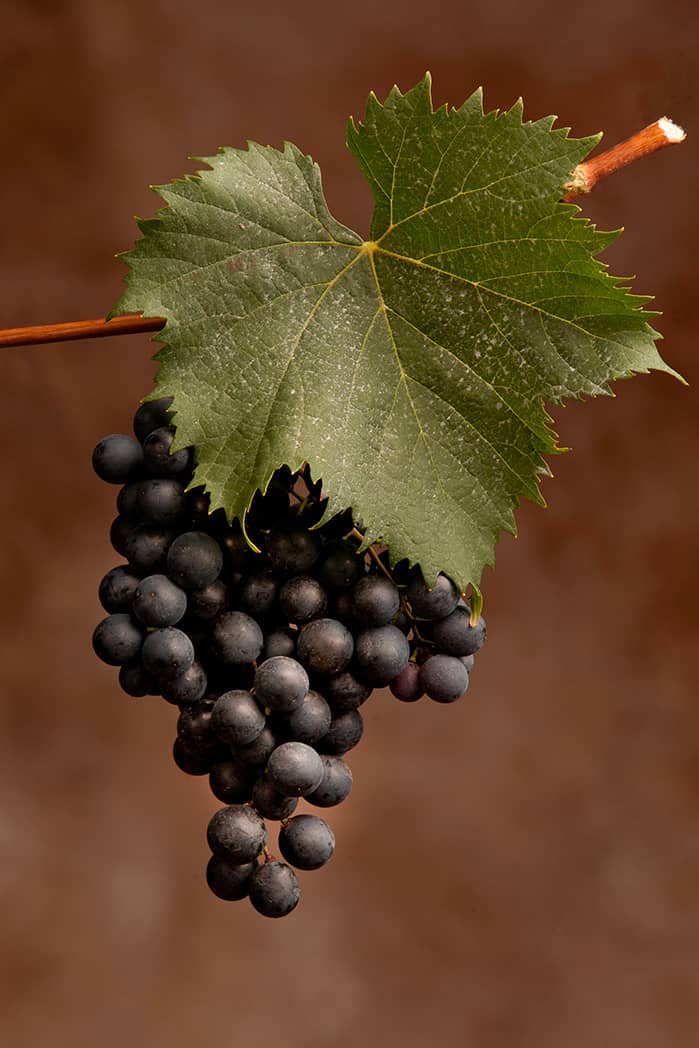
REFOSCO DAL PEDUNCOLO ROSSO
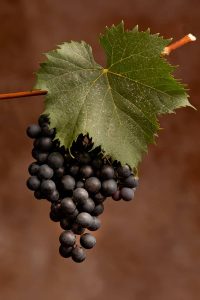
Very winged and very sparse bunch, pyramid-shaped. Clear wings, medium grapes tending to elliptical. Two or three grape seeds, elongated, very large.
It is an ancient Friulian vine with well-defined characteristics, already famous in the 1700s. A pure wine, rich in color, it has vinous and inviting olfactory tones. Its structure is good, playing on pleasant dissonances. Garnet red in color tending towards purplish, it has an intense and pleasant aroma with hints of wild blackberry and undergrowth. Sapid, slightly tannic, with a bitterish body, with a persistent and pleasant aftertaste. When young it is vinous, fragrant, slightly herbaceous.
It is the ideal wine for pork dishes: “brovada” and “musetto”, salami cooked in vinegar – two classic Friulian dishes – grilled or baked pork ribs, boiled meats.
If aged in wood it is also very good on game recipes. Try it on the boreto di Grado, a traditional fishermen’s dish made with different types of fish, cooked in stew and with lots of pepper.
Best served at 16-18° C.
REFOSCO DAL PEDUNCOLO ROSSO